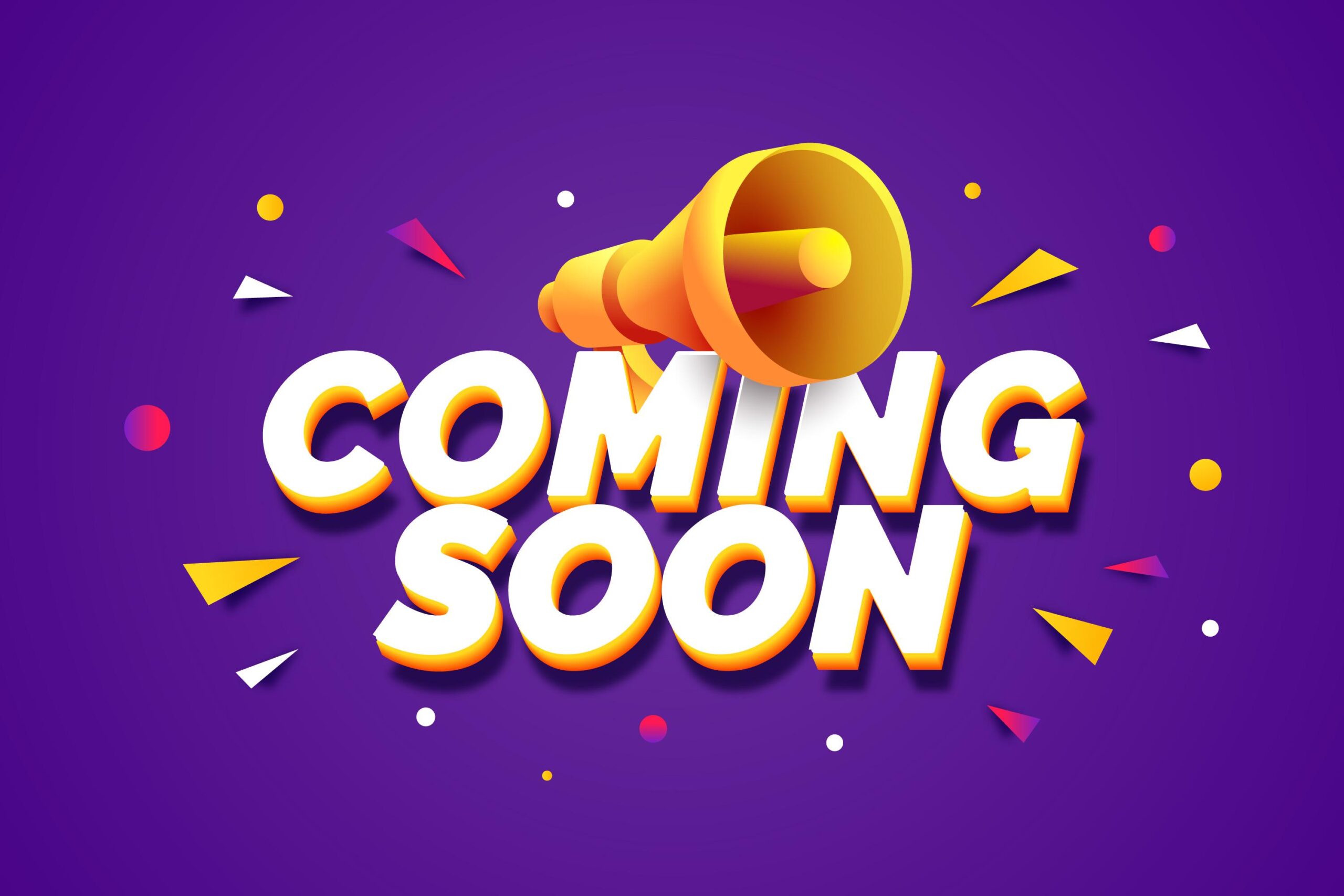
Stakeholder interviews are a huge deal in the UX layout. They help set the bases for almost any job by supplying invaluable insights that could otherwise be difficult — even impossible — to get. These insights direct the stream of the whole project, for example, company objectives, technical limitations, usability issues, and much more.
When properly planned and implemented, stakeholder interviews are among the most significant research tools utilized in UX design.
Every job comes with its very own specifications and limitations. But running an effective stakeholder interview is not rocket science. This article covers what to ask and how to take action, even if you have minimal time and money to dedicate to strengthening your stakeholders.
Which Exactly Are Stakeholder Interviews?
Furthermore, stakeholders require the product’s success due to their profit, either professionally or personally. Though these are generally high-tech workers, stakeholders could be lower-level employees as well as prominent users.
However, you have already discussed the job with the job supervisor and consented to the reach of everything? Does this mean you need to bypass stakeholder interviews? Not.
You will be shocked by precisely how differently every stakeholder interacts with this item. Assessing these viewpoints will help you understand what stakeholders need and want from this item.
As soon as you gather this information, you’ll provide a fantastic layout that ticks all the boxes.
Advantages of stakeholder interviews in UX design
A practical UX layout Depends upon stakeholder participation. Stakeholders provide the majority of the detailed information you want to put the parameters of your job. There is rarely a reason to not run this kind of interview. Even once you work closely and frequently with the large decision-makers, you will still have to sit down together to know their goals for any specific job.
If your job has stakeholders that aren’t in your prompt product development group, you should also run stakeholder interviews. It is the ideal method to collect valuable information regarding your project parameters.
When to Utilize stakeholder interviews from the product development cycle
Stakeholder interviews are an increasingly important instrument in the early stages of product development when defining your aims and your game strategy. But that is not the only time they sometimes utilized. You can check along with your stakeholders at least once during every stage of the cycle to help keep everyone on precisely the same page, be sure you’re on the ideal path, and collect some additional information or create any new thoughts on the job may require.
Five steps to prepare for a successful stakeholder interview
Recognize your research goals.
What do you wish to discover? Even when you’re operating a semi-structured interview, it’s ideal for preparing a principle or script to spot a few critical questions you want answers to. Be sure that you go past the job requirements: as with any consumer interview, you would like to learn about the stakeholders’ aches and motives, not only about the company program. Additionally, experts often suppose that what’s clear to them is evident to all. Ensure to familiarize yourself with the entire extent of this undertaking.
Improve communication
Sitting down with stakeholders is the best chance to get acquainted with the individuals working behind the scenes. Collaboration and decent rapport with stakeholders may also supply you with a much better feeling of appreciation and confirm your design efforts.
Identify stakeholders
Stakeholders are usually those that have a higher investment in the product that you’re working on–financially, professionally, emotionally, and otherwise. They’d be exposed if the job were to bomb. Irrespective of seniority, anybody with particular insight into what your merchandise should be and do to succeed may be a stakeholder.
Be ready for the possibility you might have concealed stakeholders, individuals whose input and acceptance you desire but whose value is not apparent. Such individuals might have a short title that belies their actual cost to the procedure; they could be generally hushed partners who will weigh in significantly if they choose.
The further enmeshed you’re in a business, the more apparent it’s going to be that your stakeholders are. Rely on your group’s direction or people with higher institutional knowledge to help you discover the ideal list. Pay attention in most of your interactions to who appears to have experience and influence, then add them to a listing.
Define your timeline
As soon as you understand your interview process’s reach, you can finalize how long you will spend interviews. Would you wish to spend a couple of days on this job? Or do you’ve got the luxury of time? Typically, even more, If travel is necessary, be confident that you work into your deadline and budget.
Assign an email to your interviewees before
Remember that you aren’t necessarily dealing with individuals acquainted with this sort of research. They may have many questions. Be sure that you clarify this interview’s content will on no account be used to evaluate their professionalism and comprehension. Current the context and the range of the interview and notify them beforehand to understand what’s coming up.
Read: How to make the case for UX and usability to your stakeholders
Leave the area for queries and take the time to answer them. Establish the time you may need from them and admire them. Throughout the interview, should you be aware that more time will require, kindly inquire if the interviewee would head extending the planned slot or if he or she’d head scheduling a brand new place to keep the dialogue?
After reviewing the interview aims and scope, be confident that you incorporate a few keywords and phrases to steer the interviewee through the queries (we shall first take a look at this, then,.).


